Illegal dump in the village of Gülçə. Discharge of sewage (septic tanks). Leachate. Pollution of the Gulcho River.
Coordinates: 40.316667, 73.420253
The main source of contamination of groundwater and surface water is recognized as improperly arranged landfills. By the way, one-third of all waste that is not accounted for is currently stored at unauthorized landfills in populated areas. Soils are contaminated at distances of up to one and a half kilometers. The systematic use of contaminated water leads to a sharp decrease in immunity and the development of leukemia-like diseases in humans and domestic animals. The most dangerous is leachate — the result of rainwater and meltwater seeping through a layer of solid waste.
The lack of proper sanitary measures, as well as improperly placed wells, can lead to the contamination of drinking water with pathogens found in feces and urine. Such fecal-oral transmitted diseases include cholera and diarrhea. The active types of pathogens in feces (bacteria, viruses, protozoa, and helminths or helminth eggs) are usually found in contaminated groundwater, while relatively large helminth eggs are typically filtered out by the soil matrix.
Other organic pollutants include a range of halides and other chemical compounds, petroleum hydrocarbons, various chemical compounds found in personal hygiene products and cosmetics, and contamination from pharmaceuticals, including drugs and metabolites. Inorganic pollutants can include other nutrients such as ammonia and phosphate, as well as radionuclides like uranium (U) or radon (Rn), which are naturally present in some geological formations. Saltwater intrusion is also an example of natural contamination, but it is often exacerbated by human activity.
The pollutant often creates a plume of contamination within the aquifer. Water movement and dispersion in the aquifer spread the pollutant over a larger area. Its advancing boundary, called the plume edge, can intersect with wells accessing groundwater or daylight in surface waters, such as seeps and springs, making these sources unsafe for humans and wildlife. The movement of the plume, known as the plume front, can be analyzed using a hydrological transport model or a groundwater model. Groundwater contamination analysis can focus on soil and site geology characteristics, hydrogeology, hydrology, and the nature of the pollutants.
Leachate from sanitary landfills leads to groundwater contamination. Chemicals can enter groundwater through precipitation and runoff. New landfills should be lined with clay or other synthetic materials along with a filter to protect surrounding groundwater. However, old landfills lack these measures and are placed on the surface in permeable soils. Closed landfills can pose a threat to groundwater.
Contamination can occur from local sewage systems, landfills, wastewater treatment plant effluents, leaks from sewers, gasoline filling stations, or from excessive fertilizer application in agriculture. Contamination can also occur from naturally occurring pollutants such as arsenic or fluoride. The use of contaminated groundwater poses health risks to the population due to poisoning or the spread of diseases.
The main source of contamination of groundwater and surface water is recognized as improperly arranged landfills. By the way, one-third of all waste that is not accounted for is currently stored at unauthorized landfills in populated areas. Soils are contaminated at distances of up to one and a half kilometers. The systematic use of contaminated water leads to a sharp decrease in immunity and the development of leukemia-like diseases in humans and domestic animals. The most dangerous is leachate — the result of rainwater and meltwater seeping through a layer of solid waste.
The lack of proper sanitary measures, as well as improperly placed wells, can lead to the contamination of drinking water with pathogens found in feces and urine. Such fecal-oral transmitted diseases include cholera and diarrhea. The active types of pathogens in feces (bacteria, viruses, protozoa, and helminths or helminth eggs) are usually found in contaminated groundwater, while relatively large helminth eggs are typically filtered out by the soil matrix.
Other organic pollutants include a range of halides and other chemical compounds, petroleum hydrocarbons, various chemical compounds found in personal hygiene products and cosmetics, and contamination from pharmaceuticals, including drugs and metabolites. Inorganic pollutants can include other nutrients such as ammonia and phosphate, as well as radionuclides like uranium (U) or radon (Rn), which are naturally present in some geological formations. Saltwater intrusion is also an example of natural contamination, but it is often exacerbated by human activity.
The pollutant often creates a plume of contamination within the aquifer. Water movement and dispersion in the aquifer spread the pollutant over a larger area. Its advancing boundary, called the plume edge, can intersect with wells accessing groundwater or daylight in surface waters, such as seeps and springs, making these sources unsafe for humans and wildlife. The movement of the plume, known as the plume front, can be analyzed using a hydrological transport model or a groundwater model. Groundwater contamination analysis can focus on soil and site geology characteristics, hydrogeology, hydrology, and the nature of the pollutants.
Leachate from sanitary landfills leads to groundwater contamination. Chemicals can enter groundwater through precipitation and runoff. New landfills should be lined with clay or other synthetic materials along with a filter to protect surrounding groundwater. However, old landfills lack these measures and are placed on the surface in permeable soils. Closed landfills can pose a threat to groundwater.
Contamination can occur from local sewage systems, landfills, wastewater treatment plant effluents, leaks from sewers, gasoline filling stations, or from excessive fertilizer application in agriculture. Contamination can also occur from naturally occurring pollutants such as arsenic or fluoride. The use of contaminated groundwater poses health risks to the population due to poisoning or the spread of diseases.




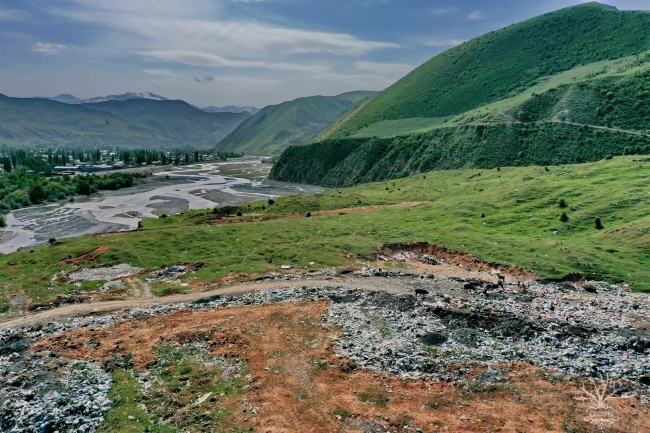
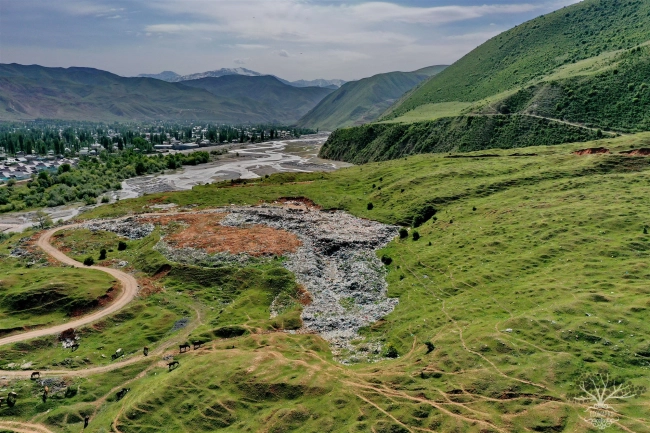
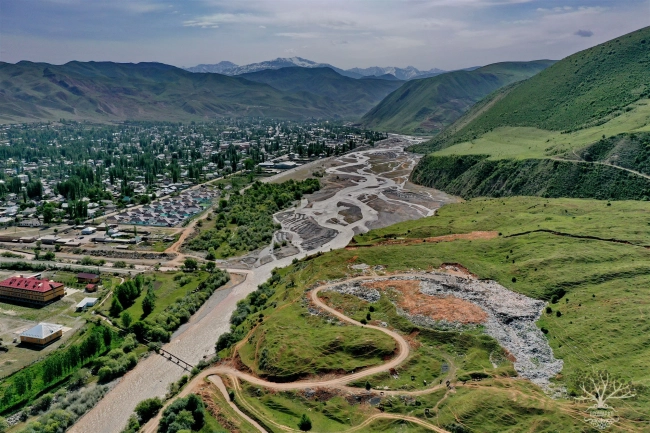
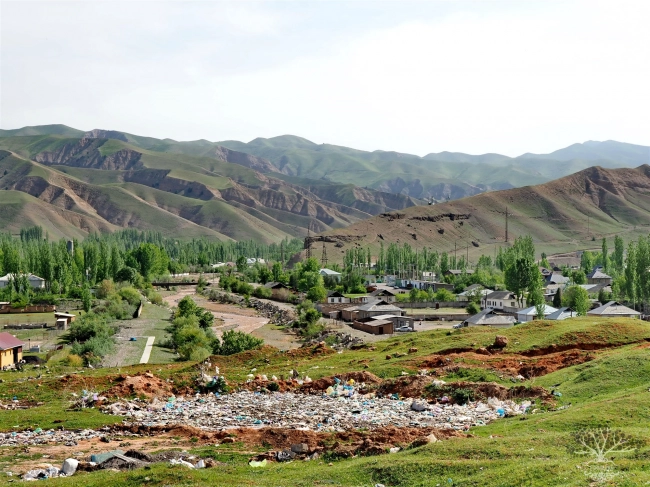

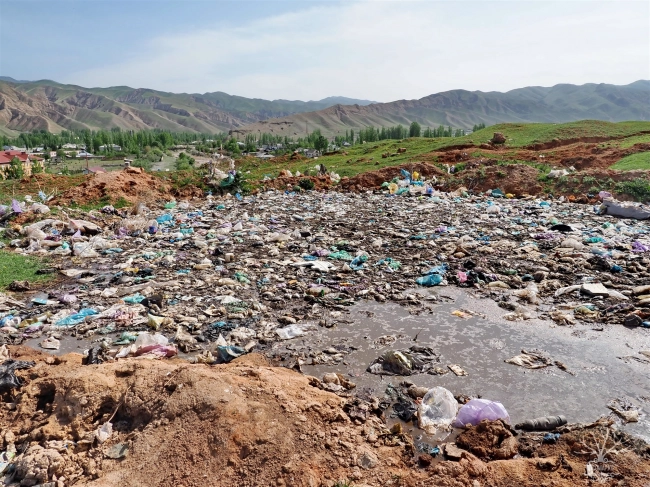
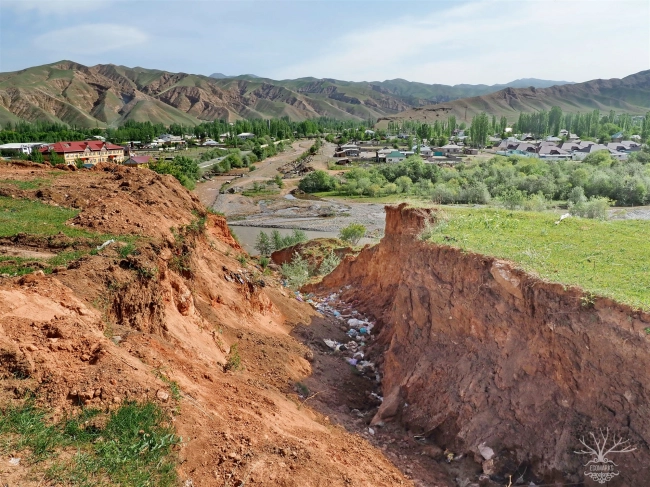
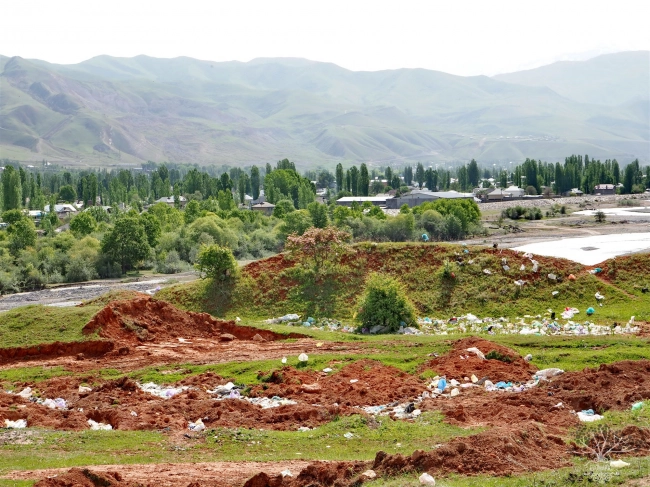
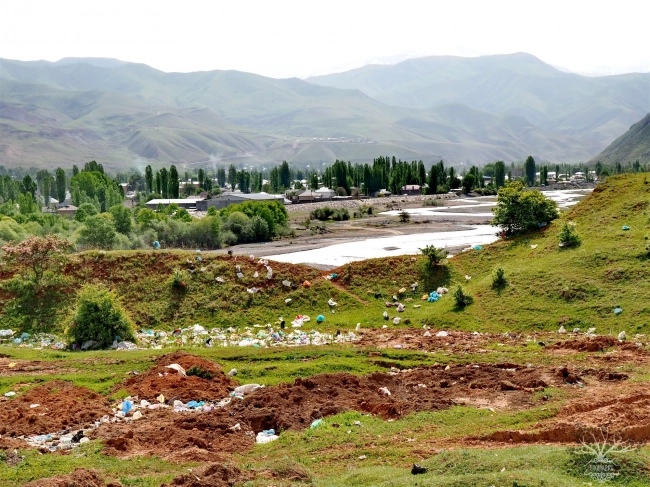
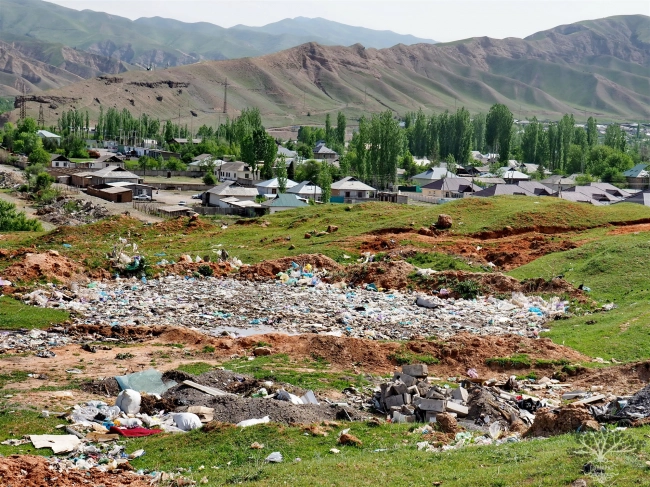


















Attention: Information based on submitted complaints